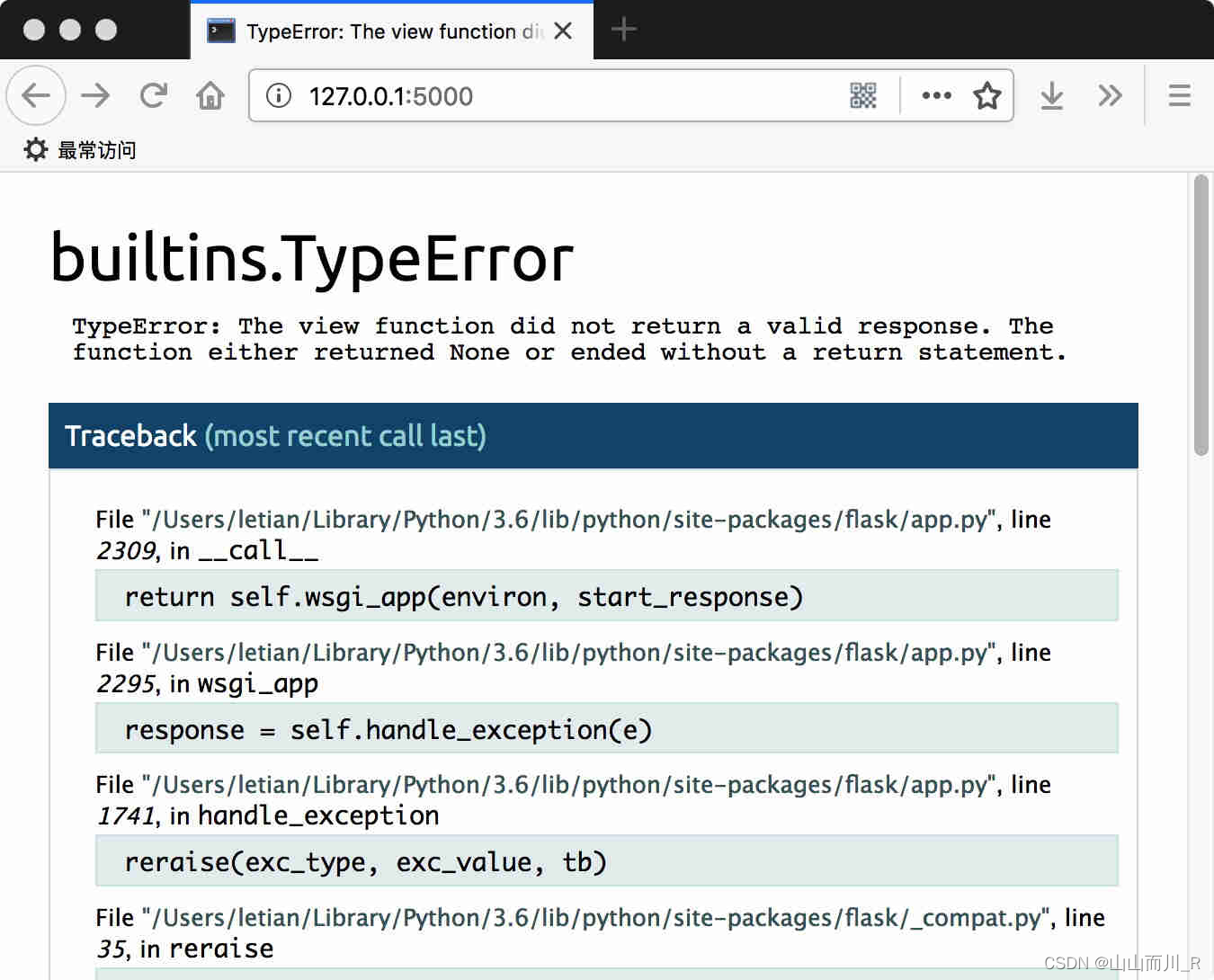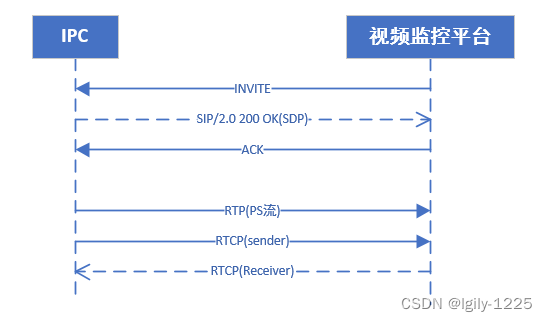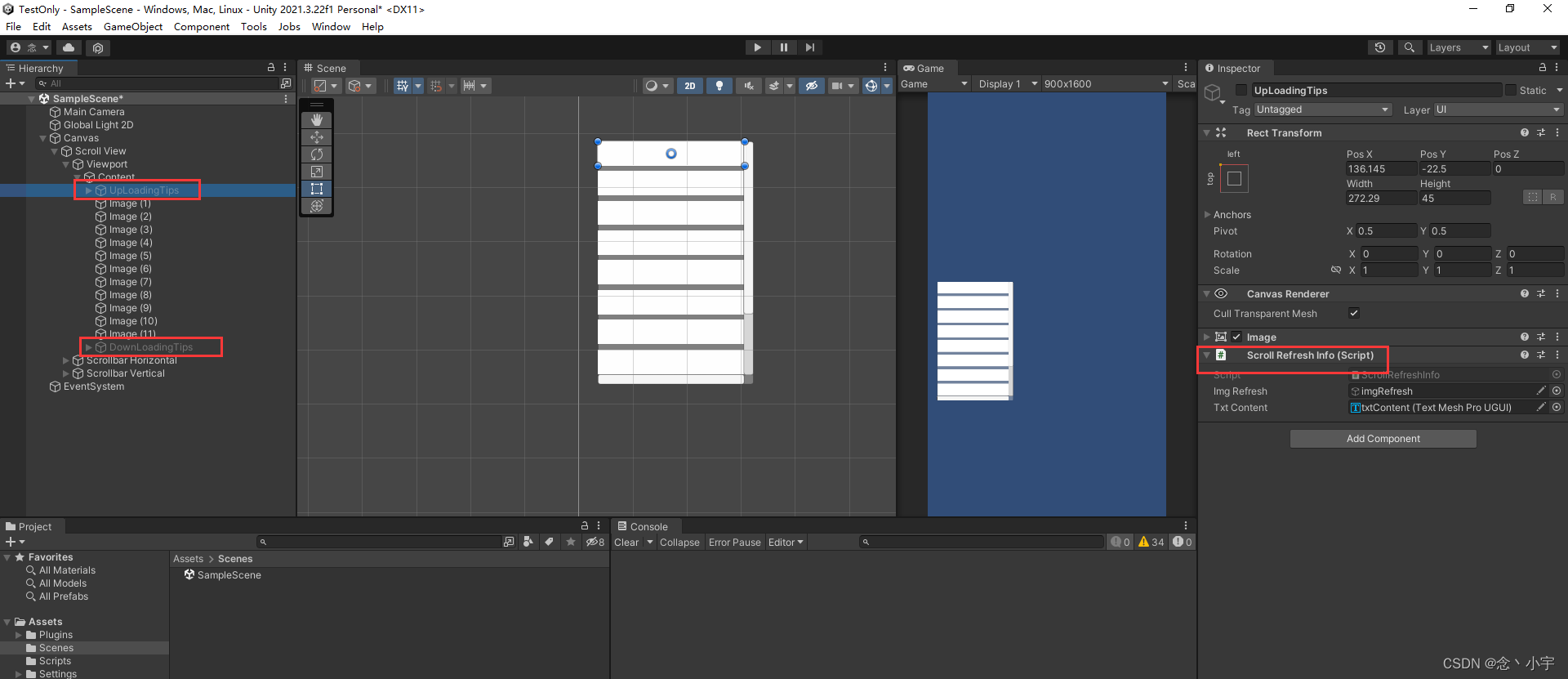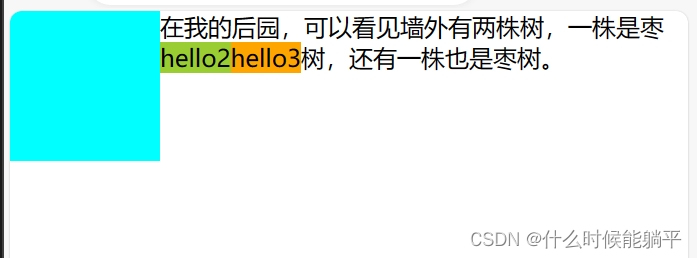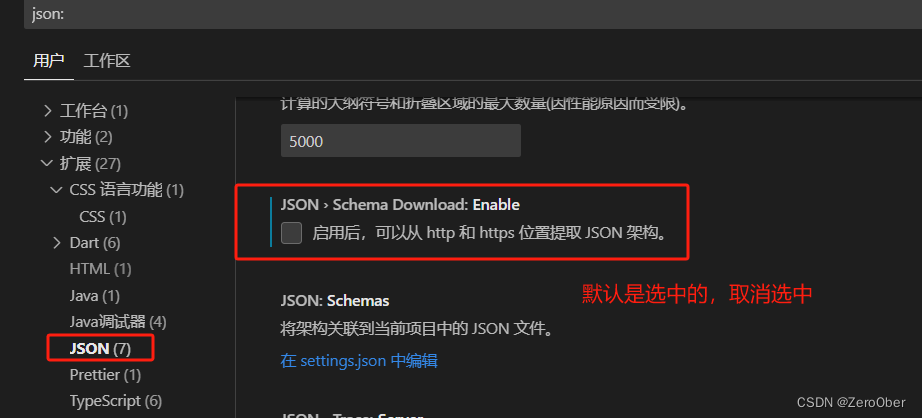//头删 | 1 #include "head.h" | 1 #ifndef ww
87 void head_del(p lp) | 2 int main(int argc, const char *argv[]) | 2 #define ww
88 { | 3 { | 3 #include <stdio.h>
89 if(lp==0) | 4 p lp=create_list(); | 4 #include <string.h>
90 { | 5 int num1=empty_list(lp); | 5 #include <stdlib.h>
91 printf("入参为空\n"); | 6 if(num1==1) | 6 #define max 7
92 return; | 7 { | 7 typedef struct list
93 } | 8 printf("参数为空\n"); | 8 {
94 if(empty_list(lp)) | 9 } | 9 int arr[max];
95 { | 10 else | 10 int len;
96 printf("参数为空无需删除\n"); | 11 printf("参数不为空\n"); | 11 }list,*p;
97 return; | 12 head_insert(lp,10); | 12
98 } | 13 head_insert(lp,20); | 13 //创建
99 //元素循环前移覆盖 | 14 head_insert(lp,30); | 14 p create_list();
100 for(int i=1;i<lp->len;i++) | 15 head_insert(lp,40); | 15 //判空
101 { | 16 head_insert(lp,50); | 16 int empty_list(p lp);
102 lp->arr[i-1]=lp->arr[i]; | 17 head_insert(lp,60); | 17 //判满
103 } | 18 end_insert(lp,100); | 18 int full_list(p lp);
104 lp->len--; | 19 head_del(lp); | 19 //头插
105 } | 20 tail_del(lp); | 20 void head_insert(p lp,int n);
106 //尾删 | 21 clear_list(lp); | 21 //输出
107 void tail_del(p lp) | 22 show(lp); | 22 void show(p lp);
108 { | 23 return 0; | 23 //尾插
109 if(lp==0) | 24 } | 24 void end_insert(p lp,int n);
110 { |~ | 25 //头删
111 printf("入参为空\n"); |~ | 26 void head_del(p lp);
112 return; |~ | 27 //尾删
113 } |~ | 28 void tail_del(p lp);
114 if(empty_list(lp)) |~ | 29 //清空
115 { |~ | 30 void clear_list(p lp);
116 printf("参数为空无需删除\n"); |~ | 31
117 return; |~ | 32
118 } |~ | 33
119 lp->len--; |~ | 34
120 } |~ | 35
121 //按位置插入 |~ | 36
122 void insert_pos(p lp,int n,int pos) |~ | 37 #endif
123 { |~ |~
124 if(lp==0) |~ |~
125 { |~ |~
126 printf("入参为空\n"); |~ |~
127 return; |~ |~
128 } |~ |~
129 if(full_list(lp)) |~ |~
130 { |~ |~
131 printf("表已满无法插入"); |~ |~
132 } |~ |~
133 //位置合理性判断 思维导图:
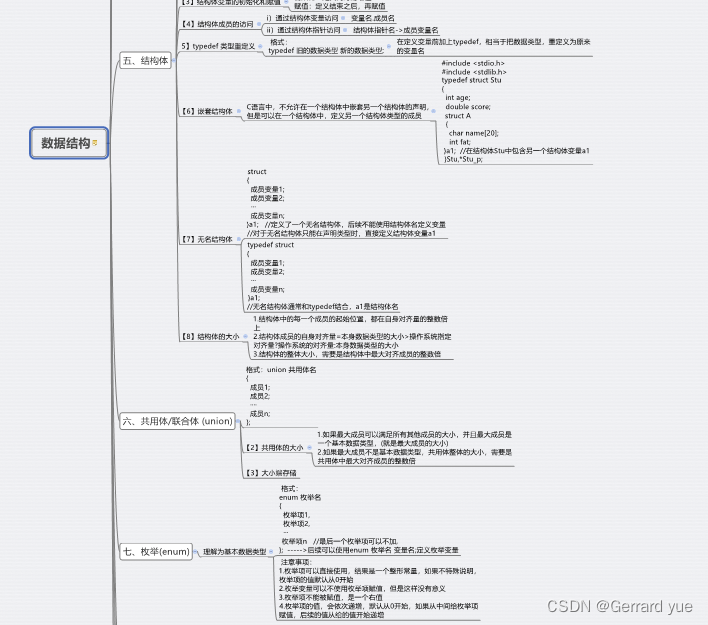
![民航电子数据库:[E14024]事务内变更操作次数超过最大许可值10000,可通过系统参数max_trans_modify适当调整限制](https://img-blog.csdnimg.cn/direct/bf0860dc511c428ea02b5b76e388ad9b.jpeg)


